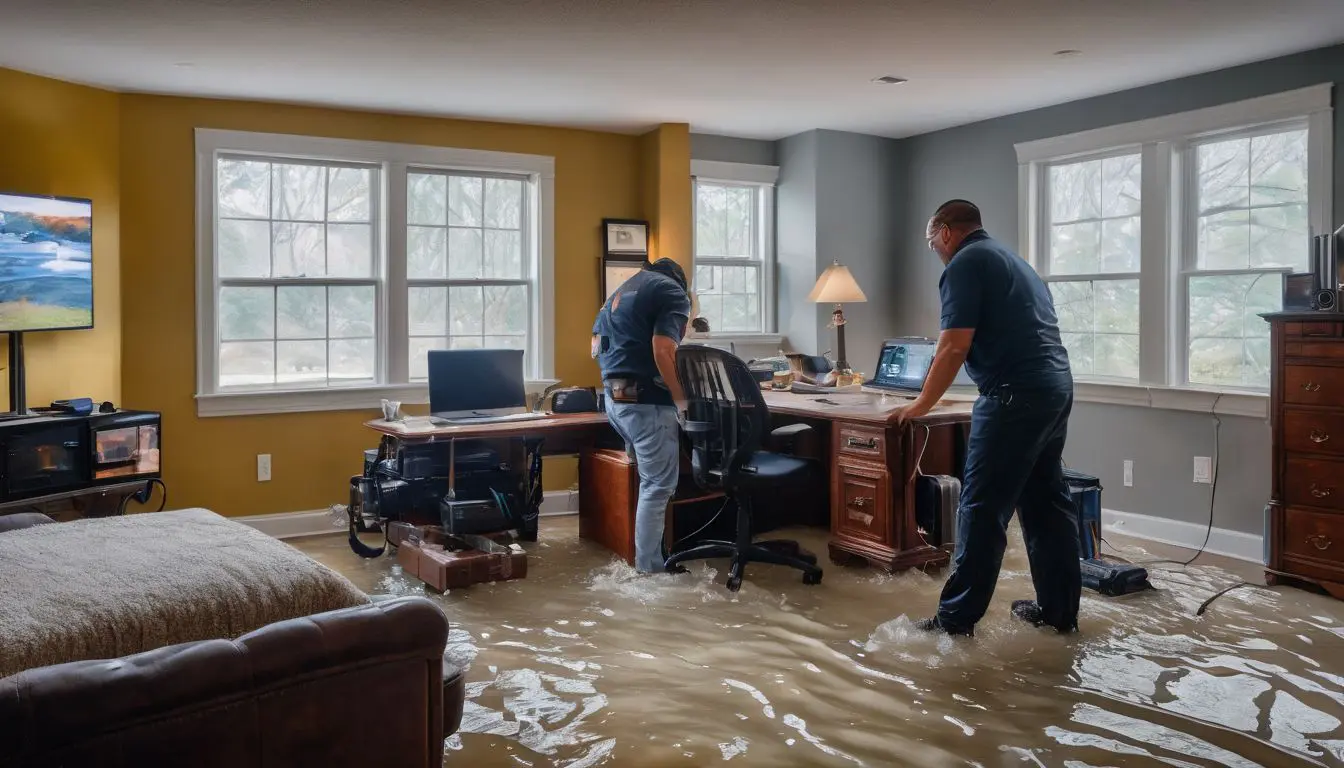When people think of property restoration, the image that often comes to mind is someone mopping up water or clearing out debris after a fire. While cleanup is a visible and essential part of the process, authentic restoration is far more complex and comprehensive. It goes beyond simple cleaning—it’s about rebuilding, safeguarding health, ensuring structural integrity, and restoring a sense of safety and normalcy. Choosing a trusted restoration company ensures that every phase of recovery—from damage assessment to rebuilding—is handled with precision, care, and long-term protection in mind.
Here’s why professional restoration is more than just cleanup, and why partnering with an experienced team offers complete solutions after property damage.
1. Damage Assessment: The Foundation Of Every Restoration Plan
Effective restoration begins long before the first cleaning tool is used. A thorough damage assessment is key to understanding the full scope of the problem. Professionals examine both visible and hidden damage, such as moisture behind walls, structural weakening, or lingering smoke particles in HVAC systems.
This step enables the team to prioritize immediate hazards, develop a customized restoration plan, and stop problems from getting worse. Without a proper assessment, critical damage can be missed, leading to future safety risks and higher repair costs.
2. Protecting Health And Safety
Restoration experts don’t just clean—they eliminate dangerous contaminants. For instance, standing water can cause mold to grow in water damage cases in as little as 24 to 48 hours. Fire-damaged properties can contain carcinogenic soot and poor air quality. And biohazard incidents like sewage backups or trauma scenes pose serious health risks.
Professionals use industry-standard safety protocols, HEPA filtration systems, and antimicrobial treatments to remove biological, chemical, and airborne threats. This level of sanitation protects not only the restoration crew but also future occupants of the property.
3. Structural Repair And Rebuilding
Cleanup clears the way, but repair is what makes a property whole again. Restoration companies often provide carpentry, drywall replacement, roofing repairs, flooring installation, and even painting services. Their goal isn’t just to remove what’s damaged, but to restore or rebuild what’s essential for the property’s functionality and value.
In this way, restoration bridges the gap between emergency response and full-scale remodeling. It’s about returning the space to its pre-damaged condition, or better.
4. Preventing Further Damage
Immediate cleanup addresses current messes, but comprehensive restoration takes a preventative approach. To lessen the chance of future flooding, restoration crews might, for instance, install sump pumps, patch foundation cracks, or reinforce roofing following a storm.
Mold remediation includes treating surrounding areas to prevent regrowth. Electrical issues caused by fire or water are identified and repaired to prevent short circuits or fire hazards down the line. True restoration provides lasting protection, not just temporary relief.
5. Coordinating Insurance And Documentation
Another often-overlooked element of professional restoration is the administrative support provided to property owners. Partnering with experienced professionals also provides valuable support in managing detailed insurance documentation and streamlining the claims process.
Technicians document every step of the process—taking photos, creating detailed loss reports, and estimating costs with insurance adjusters in mind. This kind of coordination ensures faster approvals and smoother claims, helping clients recover financially as well as physically.
6. Emotional Restoration: Supporting People Through Crisis
One of the most important—but least visible—aspects of restoration is the emotional impact. Whether it’s a home that’s been flooded or a business affected by fire, the aftermath of property damage can be devastating.
Restoration professionals often act as support systems, offering reassurance, updates, and empathy during a stressful time. They understand the emotional weight clients carry and work with urgency and care to restore not just the space, but a sense of peace.
Conclusion
Restoration is much more than cleaning up after a disaster. It’s a multi-faceted process that combines technical skills, health protection, structural repair, preventative strategy, and emotional support. Whether the damage comes from water, fire, mold, or biohazards, a restoration company delivers complete property damage solutions that restore functionality, comfort, and confidence. So, when the unexpected happens, remember: true restoration doesn’t just clean—it heals, rebuilds, and protects for the future.

